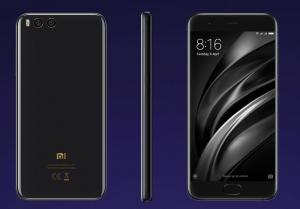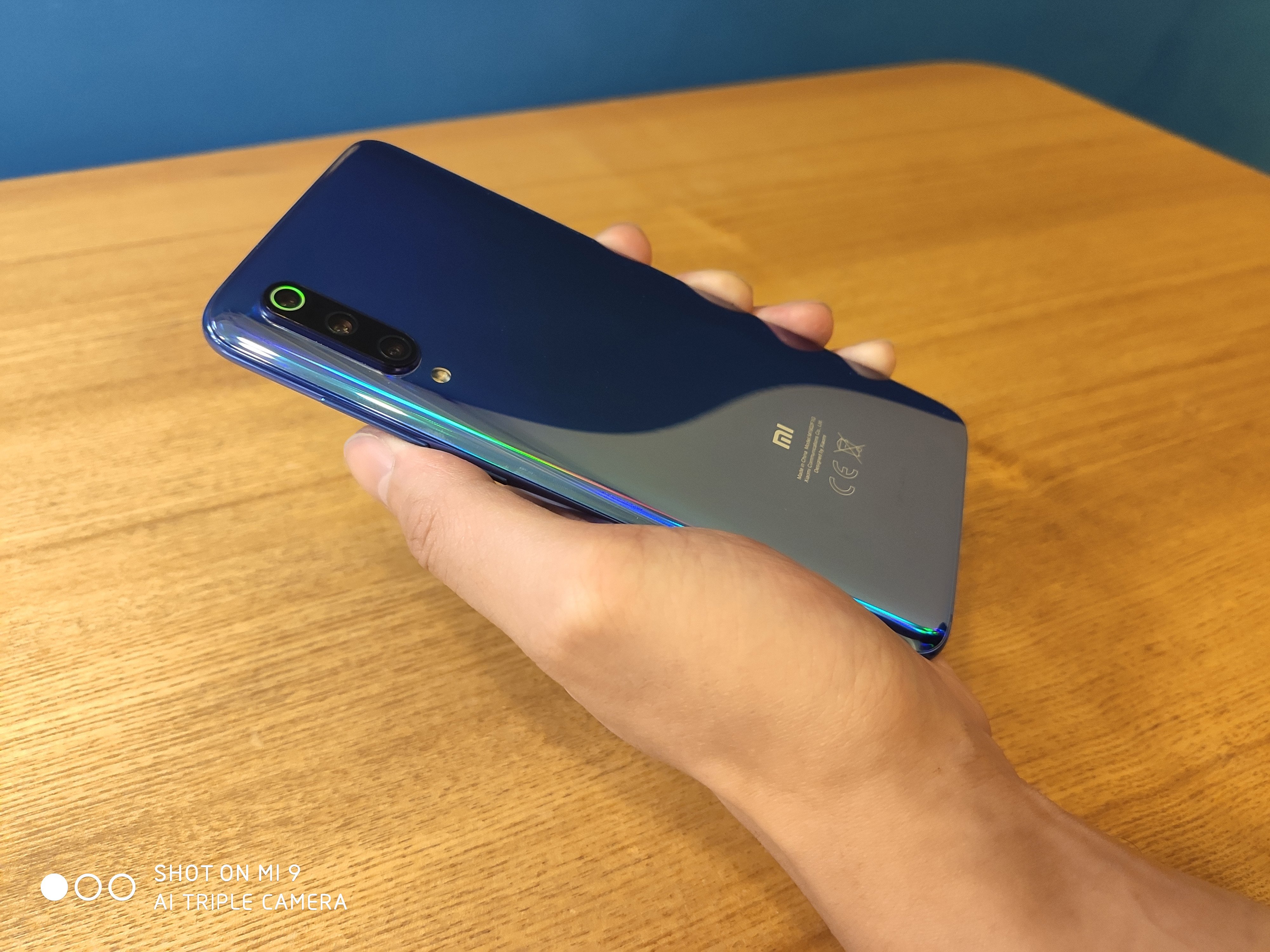#Mi9 X #Alita, get the power you need! @AlitaMovie.
— Xiaomi (@Xiaomi) February 20, 2019
Are you ready to battle? See you on Feb. 24th in Barcelona. #MakeItHappen pic.twitter.com/z6Cuj1vJdb
Xiaomi literally declared war against Samsung by setting the launch date of Mi 9 on the same day with Galaxy S10. The Chinese launch event by Xiaomi completed just now – Mi 9, Mi 9 Transparent Edition and Mi 9 SE are now official.
This time, Xiaomi officials took the responsibility of ‘leaking’. Most of the new and existing features of the 2019’s flagship from the Chinese OEM were touted by the executives days before the announcement.
#Mi9 is here!
— Wang Xiang (@XiangW_) February 14, 2019
We used nano-level laser engraving holographic technology + dual layer nano coating to create this beautiful and unique color.
For more details, make sure you check out our new product launch on Feb 24! pic.twitter.com/vtBLCJTBQD
In August 2017, we established our first R&D Center in the US and quickly began building a close partnership with @Qualcomm.
— Wang Xiang (@XiangW_) February 15, 2019
We are now set to usher in a new era of mobile technology together by launching #Mi9 with Qualcomm's Snapdragon 855 processor.
Are you ready? pic.twitter.com/hKud0d6p5E
https://twitter.com/xiaomi/status/1097480956619812865
Well, the article is not about the launch of Mi 9 lineup, but another interesting step taken by Xiaomi.
Xiaomi’s phones are very popular among modders and developers. The price-performance ratio along with an unlockable bootloader make them vastly desirable to that specific segment of the Android users.
The only roadblock is the lags in publishing kernel sources. Xiaomi often delays uploading the kernel source code, even years after releasing a particular device.
Ok now, this is ridiculous. I'm tired of waiting for the kernel source on the Mi Pad 4.@xiaomi @leijun You are a disgrace for the entire industry for not doing the one and only obligation that you are supposed to do during software development.
— Juhyung Park (@arter97) October 5, 2018
After repeated community backslashes, Xiaomi agreed to speed up the process and release the sources (for new devices) within 3 months after launch.
As an Internet company, Xiaomi respects the GNU General Public License (GPL) and is committed to an effective compliance.
We are deploying all our resources to achieve a sustainable growth and have been making efforts to speed up our kernel release. We want to make sure that every release is safe and stable.
So far, we have published the kernel sources for many devices. Moving forward, we target to release the kernel source of a device within three months after its launch.
And looks like they just set their benchmark high enough! Mi 9 kernel source is already up on Xiaomi’s GitHub repo.

In case you are trying to decipher the jargons, ‘cepheus‘ is the codename of Mi 9. Traditionally Xiaomi names their Mi series flagships after constellations: Mi 8 is ‘dipper‘, Mi 6 is ‘sagit‘, Mi 5 is ‘gemini‘, Mi 3/4 is ‘cancro‘.

The ‘cepheus’ codename is already known, along with ‘cepheus_global’. The later indicates that Mi 9 should see a global release eventually.
Onc_global, lavender/lavender_global, cepheus/cepheus_global, davinci, grus, andromeda, plum, lotus.#Xiaomi
— Mishaal Rahman (@MishaalRahman) December 23, 2018
Xiaomi competes with Google or OnePlus in this case, by pushing the codes almost a day before public announcement of the phones.

The kernel source code will help developers to build a stable custom recovery like TWRP, which is immensely helpful for modding. It also ensures further developments, e.g. custom kernels and ROMs for the phone.
On the other hand, DxOMark has also published their camera analysis for Mi 9. Xiaomi opted for a triple rear camera setup with their 2019 flagship:
- Primary: 48 MP 1/2-inch Sony IMX586 quad-sensor with 0.8µm pixels, f/1.75-aperture lens, 26mm-equivalent focal length
- Tele: 12 MP 1/3.4-inch Samsung S5K3M5 sensor with 1.0µm pixels, f/2.2-aperture lens, 50mm-equivalent focal length
- Super-wide-angle: 16 MP 1/3-inch Sony IMX481 sensor, f/2.2-aperture lens, 17mm-equivalent focal length
The phone also features a laser Autofocus tech (combination of PDAF and CDAF) and a LED flash. Based on more than 1500 test images and 2 hours of video recordings, DxOMark gave Mi 9 a breathtaking score of 107.

It is highest score achieved by any Xiaomi device so far. Mi 9 thereby outperforms Mi Mix 3 in terms of camera performance, which was the previous champion. Huawei’s P20 Pro and Mate 20 Pro are jointly the current champion in DxOMark’s scale, with a score of 109.

As expected, Qualcomm Snapdragon 855 with Adreno 640 GPU is powering Mi 9. The phone comes with 6/8 GB LPDDRX RAM and 128 GB UFS 2.1 storage. The battery is moderately sized – 3300 mAh, but the phone supports wireless charging up to 20 W with a proprietary charger or standard 10 W Qi charging.
The Transparent Edition has 12 GB RAM and 256 GB storage, with a slightly improved camera sensor.
Mi 9 SE, on the other hand, is the first phone to feature Qualcomm Snapdragon 712 platform. RAM is limited to 6 GB for this one but you can choose between 64 and 128 GB internal storage. The battery is smaller than the regular counterpart, just 3070 mAh.
PiunikaWeb is a unique initiative that mainly focuses on investigative journalism. This means we do a lot of hard work to come up with news stories that are either ‘exclusive,’ ‘breaking,’ or ‘curated’ in nature. Perhaps that’s the reason our work has been picked by the likes of Forbes, Foxnews, Gizmodo, TechCrunch, Engadget, The Verge, Macrumors, and more. Do take a tour of our website to get a feel of our work. And if you like what we do, stay connected with us on Twitter (@PiunikaWeb) and other social media channels to receive timely updates on stories we publish.


